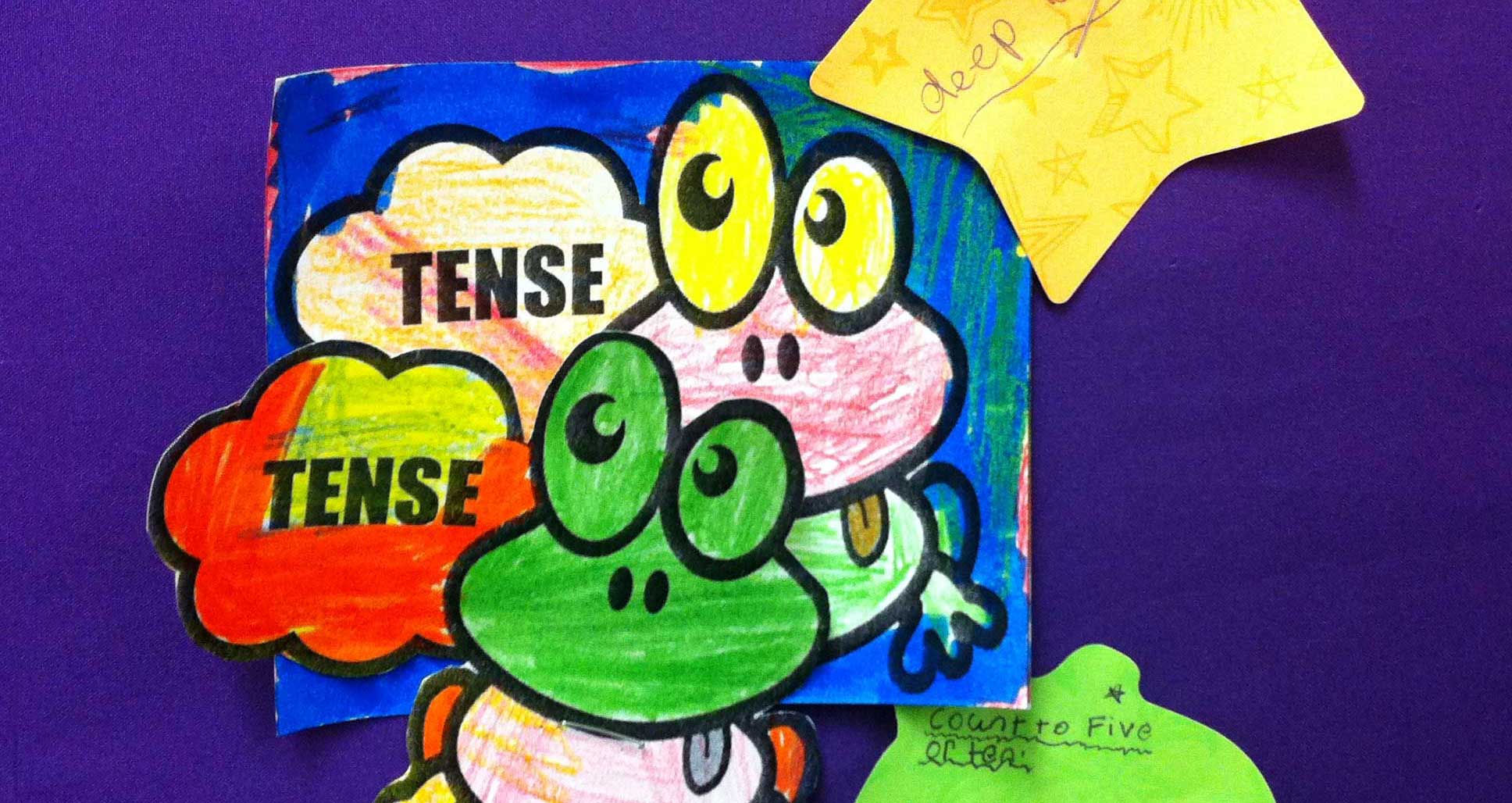Strategies for managing healthy classroom communities
Anyone here ever tried to catch a frog? I asked. Hands wave in the air. Tell us about it, was it difficult to catch? Where did you keep it? Did it try to escape? From that conversation, emotional frogs was born. Emotions are a lot like frogs; they’re hard to take care of, and even harder to catch once they get away. In this exercise, students in groups of six were given the task of coloring two frogs. They had only six minutes, they had to take turns, each of them had to use the one pencil, crayon, or marker they were given, and when the two minute timer went off, they had to stop…and pass the frogs! This was a huge test of community. We discussed what it felt like to wait and watch their teammates coloring the frog differently than they would. We discussed what it felt like to worry that they wouldn’t get a chance to contribute. We talked about all of the emotions they felt while they scrambled to complete the task and learn to trust their classmates at the same time. These are just some of the emotional frogs the teams colored. They are double because the exercise was done by two sets of 5th Graders. In weekly SecondStep classes, now called ’emotional frogs’ by the students, we’ve discussed everything from lying and stealing, to cheating, anger, and bullying. The habitat for the emotional frogs grows every week. The grass and foliage are made from reflections written on green paper triangles. The character words came from discussions of the underlying reasons students gave for the decisions they make.
Play creates a zone of proximal development in the child. In play, the child always behaves beyond his average age; above his daily behavior; in play, it is as though he were a head taller than himself. As in the focus of the magnifying glass, play contains all of the developmental tendencies in a condensed form and is itself a major source of development. ~ Lev Semionovich Vygotsky





